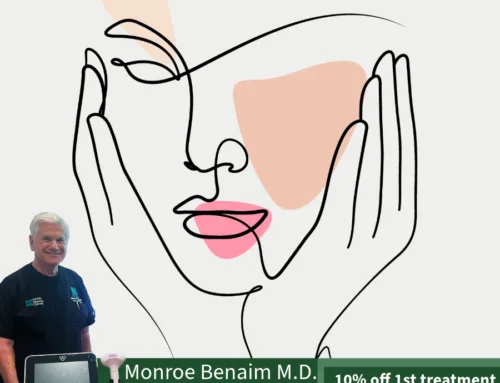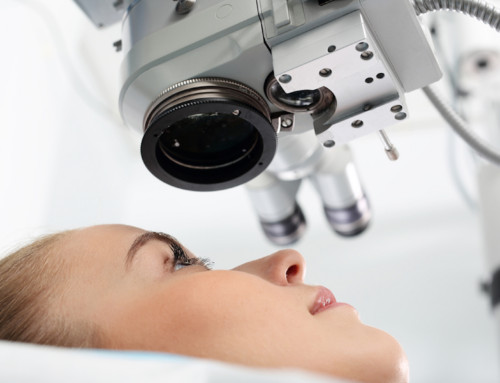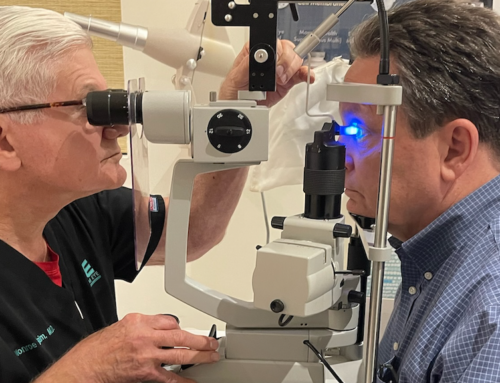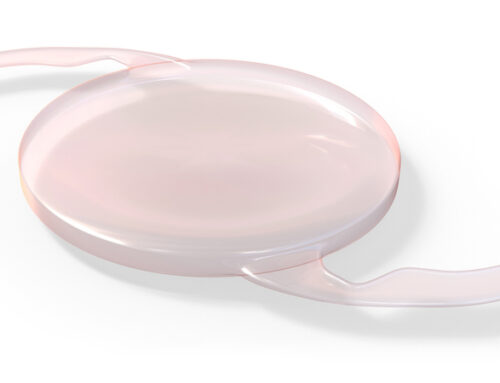Macular degeneration occurs when the macula, the small central part of the retina, deteriorates as a person grows older. This condition is considered to be the most prominent cause of vision loss in those who are older than 60. Often referred to as age-related macular degeneration, the condition does not necessarily lead to total blindness. However, it can cause significant vision loss.
Macular degeneration comes in dry and wet form. The dry form is identified by the presence of yellow deposits in the macula while the wet form features abnormal growth of blood vessels under the macula. It is very important that you are aware of the signs and symptoms to obtain treatments at the earliest possible stages of macular degeneration. Early detection and immediate treatments may help delay or reduce the severity of the condition. In the earliest stages, macular degeneration may not display symptoms. One of the earliest signs of the condition is a blurry or dim spot in the middle of your vision. Over time, this spot may get darker or bigger. Other symptoms include, changed or diminished perception of color.
As for diagnosis, age-related macular degeneration can be identified with routine eye exams. When your doctor examines your eyes, they will look for small, yellow deposits under the retina. This is one of the most common signs of the condition. Your doctor may also ask you to look at an Amsler grid to see whether you see any missing or wavy lines to determine whether you have macular degeneration. If you display signs of the condition, your doctor may ask you to take an OCT or angiography. These tests will let the doctor know if the retina shows new blood vessel growth or leakage of fluid in the macula. These are highly accurate tests that will show the exact type and location of the condition.
Unfortunately, a cure for macular degeneration is not available as of yet. While there are some treatment options available, they are more targeted at reducing severity of vision loss and slowing down the progression of the disease. The available treatments include anti-angiodenesis drugs, vitamins, laser therapy and photodynamic laser therapy. Patients can also obtain specially designed lenses or electronic systems to help maximize the remaining vision.
 New Address:
New Address:




